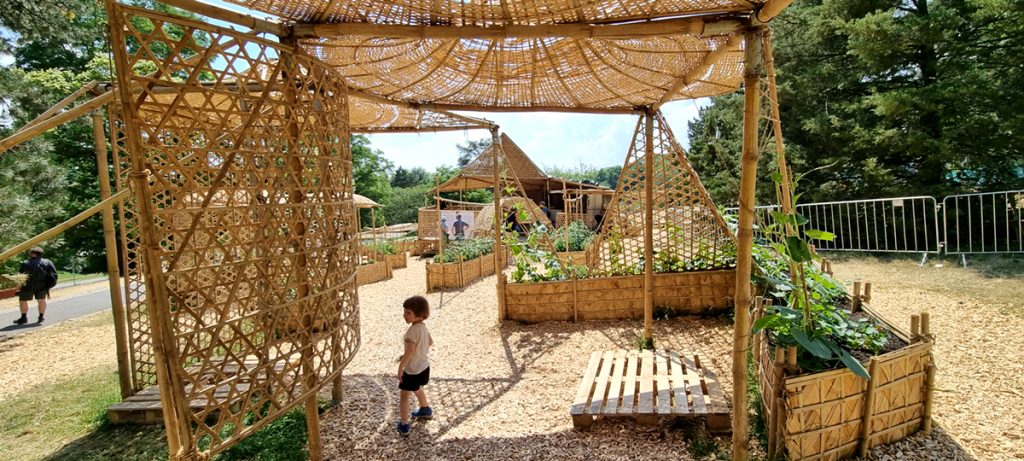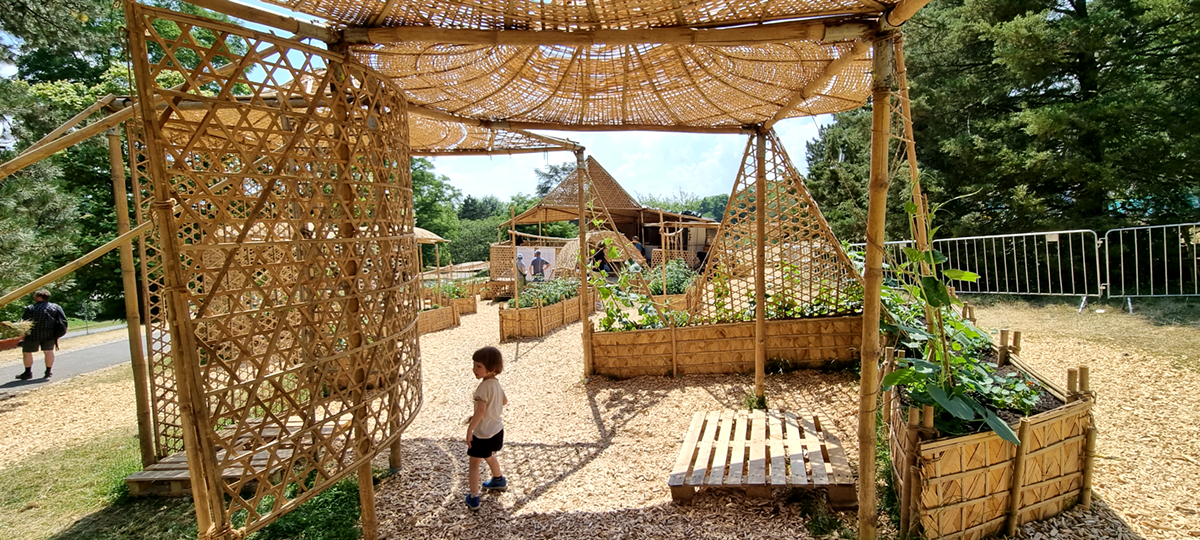
“Envisioning a Gaza Biennale: Art and Hope Amid Devastation and Loss”

### The Gaza Biennale: A Symbol of Resilience Through Art
In an unprecedented move, over 50 artists from Gaza have announced the formation of a groundbreaking cultural event—the Gaza Biennale. Inspired by international contemporary art festivals like the Venice Biennale, this initiative aims to center the Palestinian narrative through art and provide a global platform for Gaza-based artists whose voices have historically been overshadowed by the region’s ongoing struggles. With the Gaza Biennale, these creators intend to tell their stories, assert their humanity, and share the complex realities of their lives with the world.
#### The Vision Behind the Gaza Biennale
At the forefront of this artistic movement is Tasneem Shatat, a 26-year-old artist from Khan Younis, who is motivated by the pressing need to amplify the voices of Gaza’s creators. In a recent interview, Shatat explained that the Gaza Biennale would serve as a conduit for the Palestinian story, fostering hope in both artists and audiences.
“I want the world to see these artists,” Shatat says. “It’s a hope for them to create art again.”
Amid heavy bombardment, blockades, and resource crises, Gaza’s artists have been finding ways to create despite extreme limitations. For many, art is not just an act of expression but also a form of therapy—a way to process trauma and preserve cultural identity amidst the ongoing devastation.
#### A Partnership Without Walls
The Gaza Biennale is backed by the Al Risan Art Museum, also known as the Forbidden Museum. Co-founded by performance artist Fidaa Ataya and visual artist Andreas Ibrahim in the West Bank, the museum operates as a “cultural institution without walls,” hosting exhibitions both locally and internationally since its formation in 2021. Inaugurated by the Palestinian Ministry of Culture, the museum has sought to reimagine how art is created and exhibited under the constant challenges of political and social instability.
Al Risan is now spearheading a $90,000 fundraising campaign to directly support participating artists in Gaza. These funds will be used not only for procuring essential art supplies but also for addressing the basic survival needs of artists and their families. For Ataya, the initiative represents a call to action for art institutions worldwide: to exercise the courage to support these artists amid adversity and to challenge widespread apathy toward the humanitarian crisis in the region.
“We are also asking art institutions to be brave—to get into work where they can question and study this situation,” Ataya said.
#### Creating Art Amid Adversity
In a region experiencing acute shortages of resources, artists in Gaza have demonstrated extraordinary creativity to sustain their craft. Many have turned to unconventional materials, using vegetables and spices to create pigments for their works. Despite facing logistical and emotional challenges, these artists continue to produce evocative, poignant pieces with global resonance.
An example of such work is Mustafa Muhanna’s *Hope on the Road (2024)*, which involves a car adorned in traditional Gazan dress. Tragically, the area surrounding this artwork was bombed in October 2023, illustrating the precarious circumstances in which these creators operate. Other works, like Khaled Husseyin’s *I Miss You So Much (2024)* and Yasmeen Aldaya’s *Embrace (2024)*, capture the profound emotional toll of conflict through deeply personal artistic expressions.
Ataya and Ibrahim report that participants in the Gaza Biennale represent every corner of Gaza, even from its northern territories, where bombings have been most concentrated. Their output, they stress, is more than art—it is resistance, survival, and the preservation of a people’s spirit.
#### A Call for Global Solidarity
The Gaza Biennale is not just an artistic event; it is also a statement against the exclusion of Palestinian voices from the global art scene. For instance, the renowned Venice Biennale has no dedicated pavilion for Palestine, despite its 129-year history of showcasing nations’ cultural identities. This omission has culminated in significant criticism, including a 2024 petition signed by thousands calling for Israel’s exclusion from the event after accusations of human rights violations.
The creation of the Gaza Biennale, Shatat and her collaborators hope, will mark a turning point that ensures Palestinian artists are no longer marginalized in global cultural discourse. By cultivating their own space, they are reclaiming agency and presenting artwork as testimony to resilience and humanity.
#### Art as Therapy and Resistance
For Shatat, art serves a dual purpose: a therapeutic outlet for personal and collective grief and a way to challenge the world to acknowledge the lived realities of Gaza’s citizens. She describes the Biennale as a chance to confront the global audience with a simple yet profound message: “Do not close your eyes.”
Artworks like Jehad Jarbou’s poetic reflection on bread and war, written as part of his contribution to the Biennale, illustrate how deeply life in Gaza is interwoven into each brushstroke, sculpture, or installation. The art